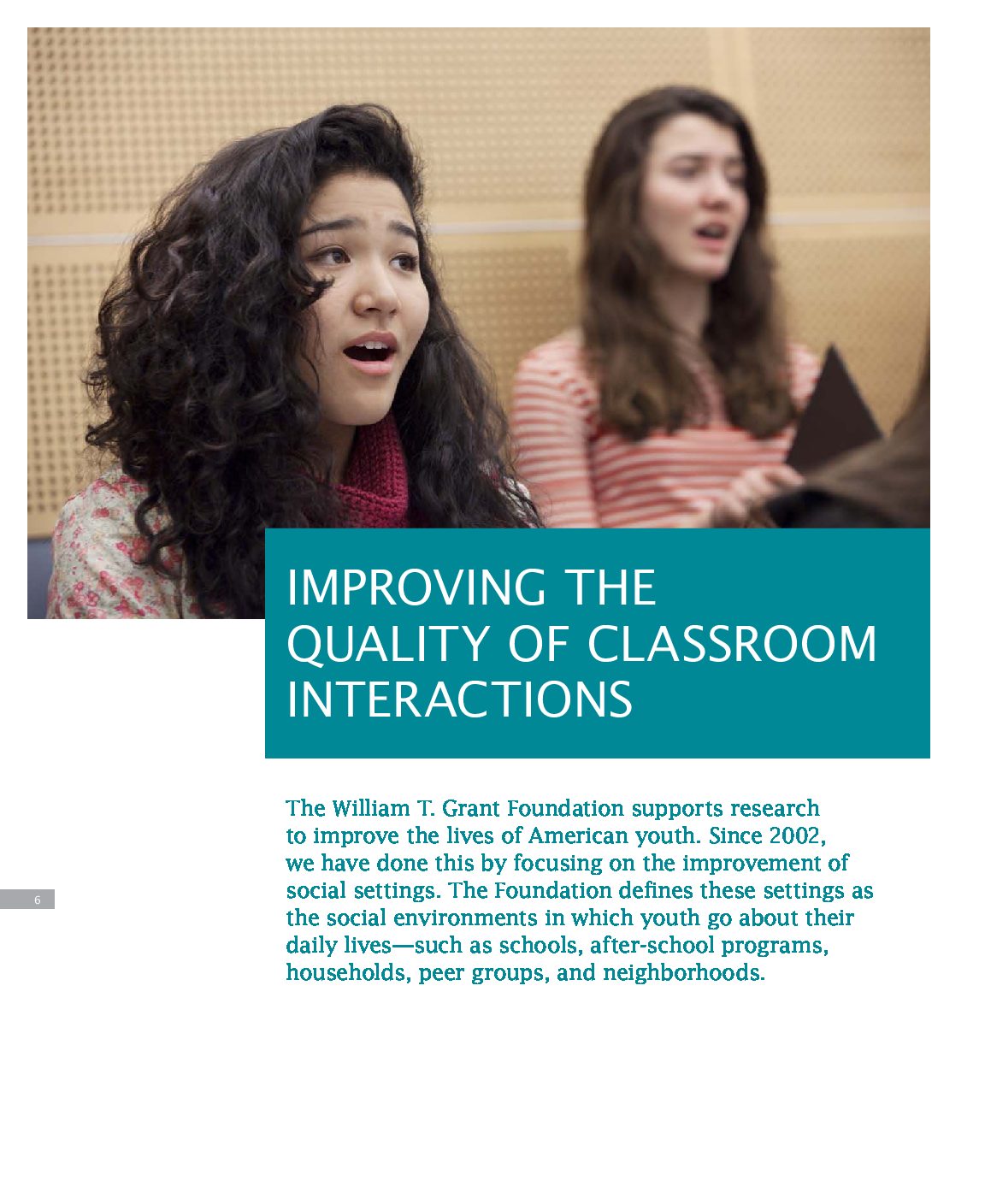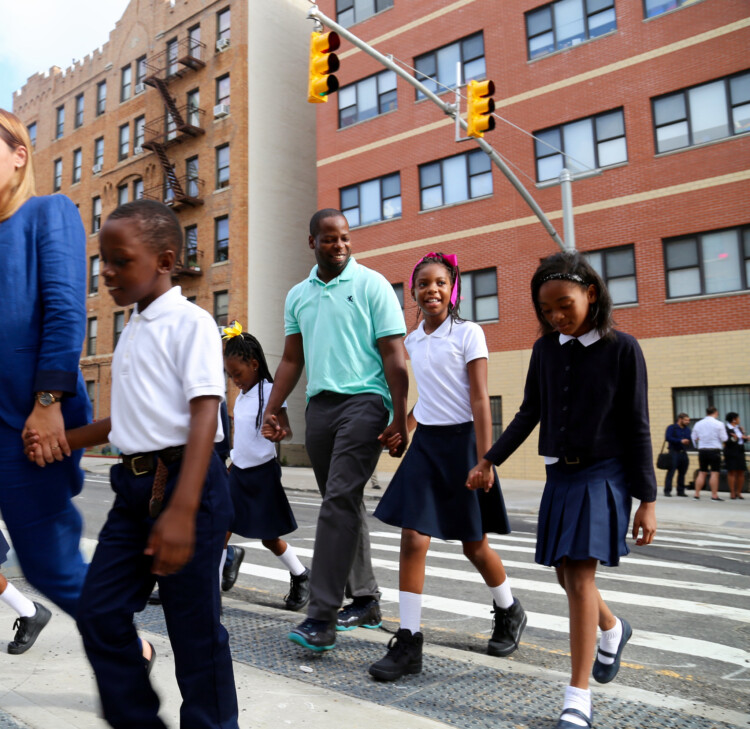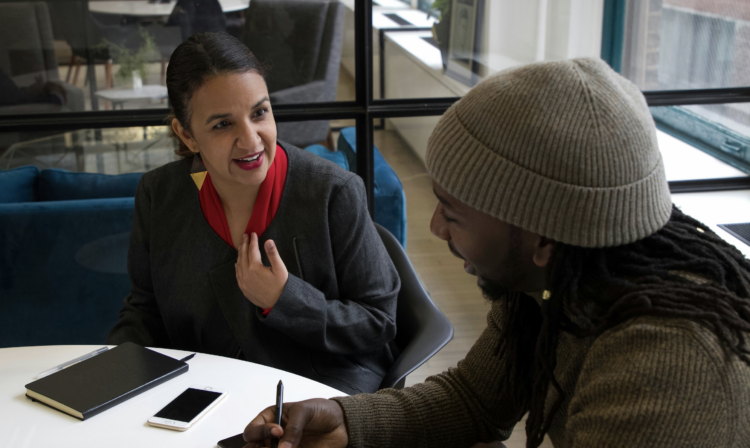Excerpt from the Introduction
Since 2002, we have done this by focusing on the improvement of social settings. The Foundation defines these settings as the social environments in which youth go about their daily lives—such as schools, after-school programs, households, peer groups, and neighborhoods.
One of the main ways the Foundation approaches this work is by funding high-quality intervention studies. Interventions are a powerful method for increasing our understanding of how settings work and testing strategies for how to improve them. Four fundamental questions guide our intervention research:
- Can social settings be intentionally altered?
- If so, can settings be altered in ways that improve the well-being of the youth within them?
- What are the critical intervention strategies needed to alter social settings?
- Are setting alterations and their effects on youth in those settings sustainable? That is, do they last once the intervention ends?
The Foundation has funded several innovative classroom interventions designed to alter settings in ways that result in positive outcomes for the youth within them. In order to change a setting for the better, we need to first understand how that setting works. To that end, we have developed a theoretical framework to guide our intervention research and funded a number of studies on the development of reliable and valid measures of classroom processes. Strong theory and good measures are critical components in the development of a thorough understanding of settings.
This essay originally appeared in the Foundation’s 2010 Annual Report.





